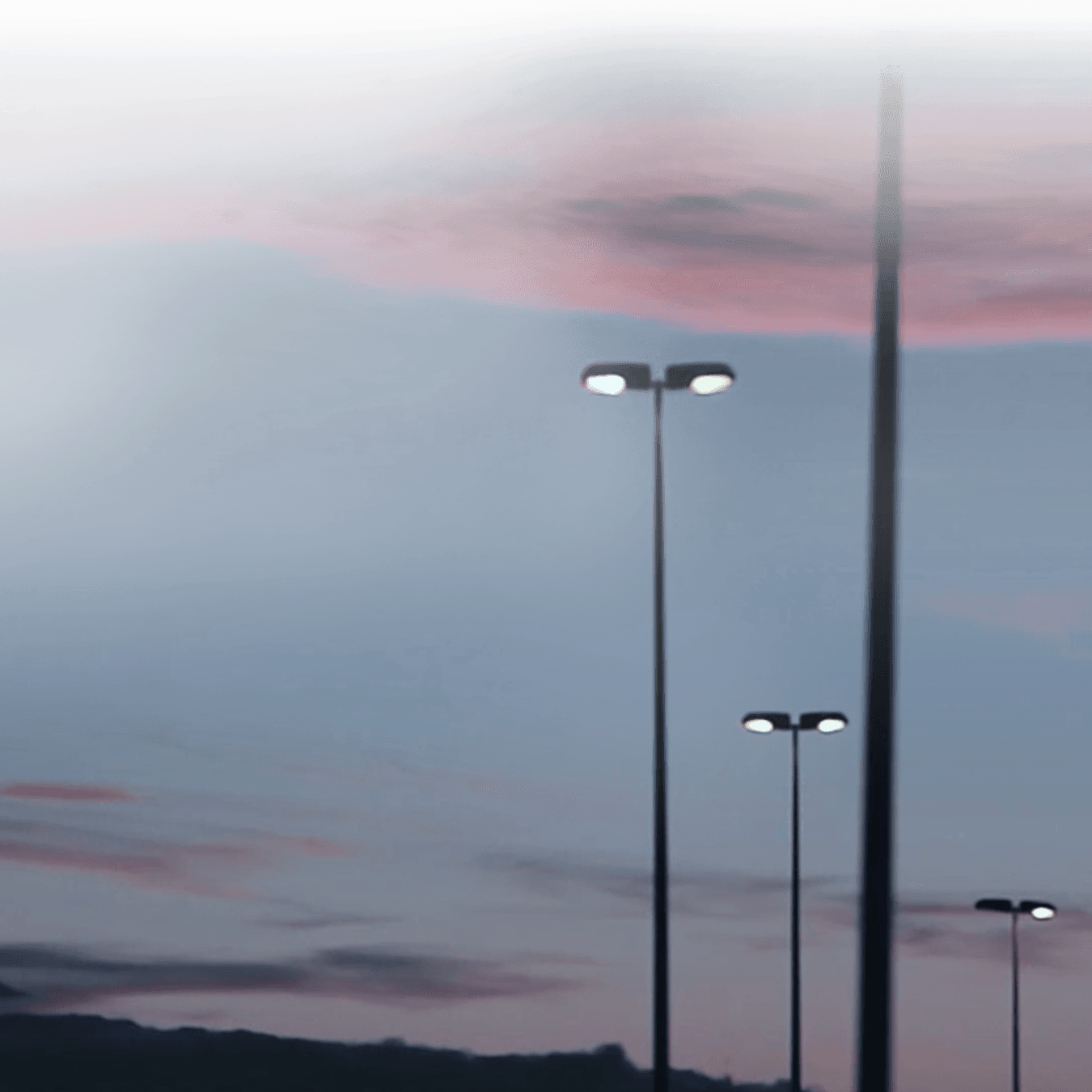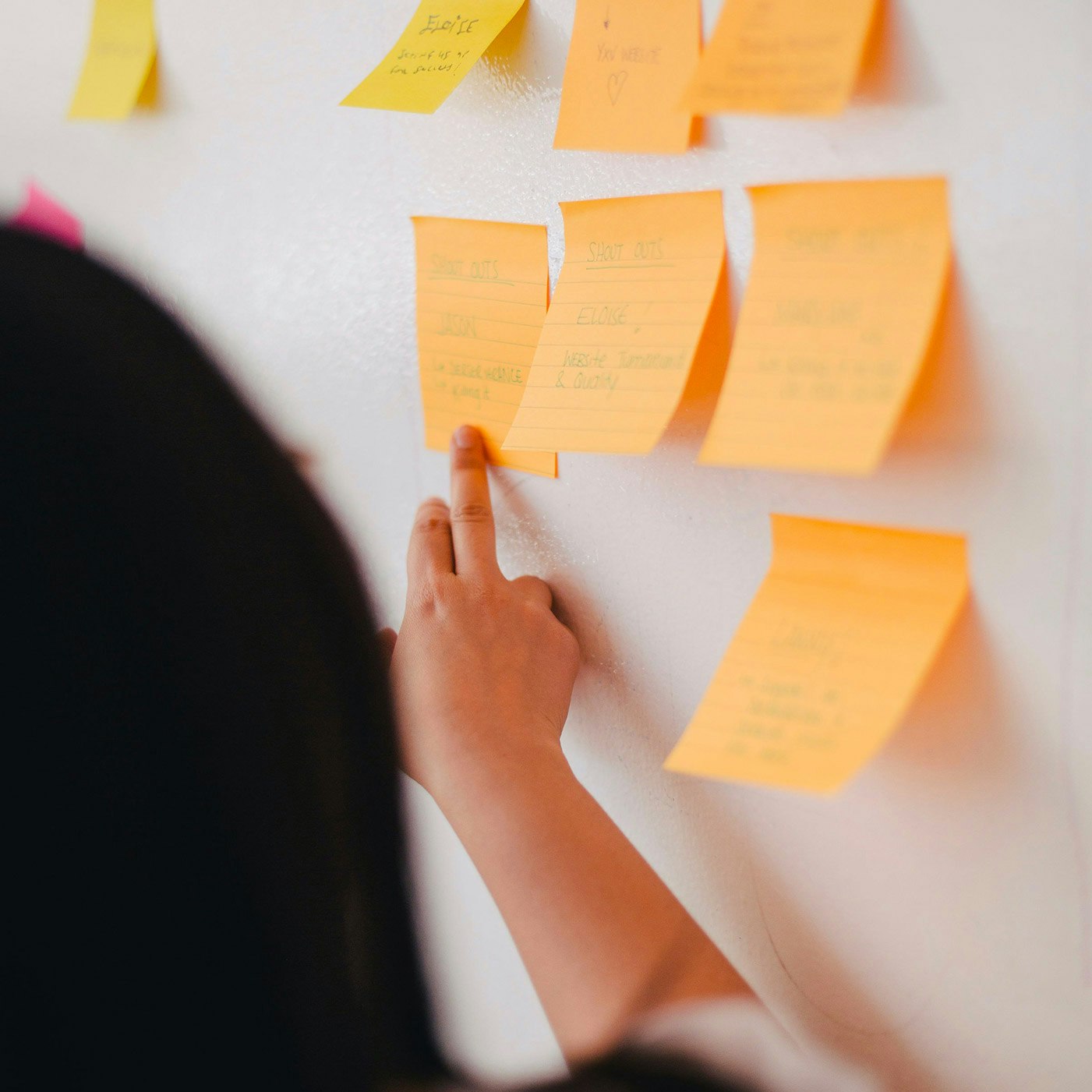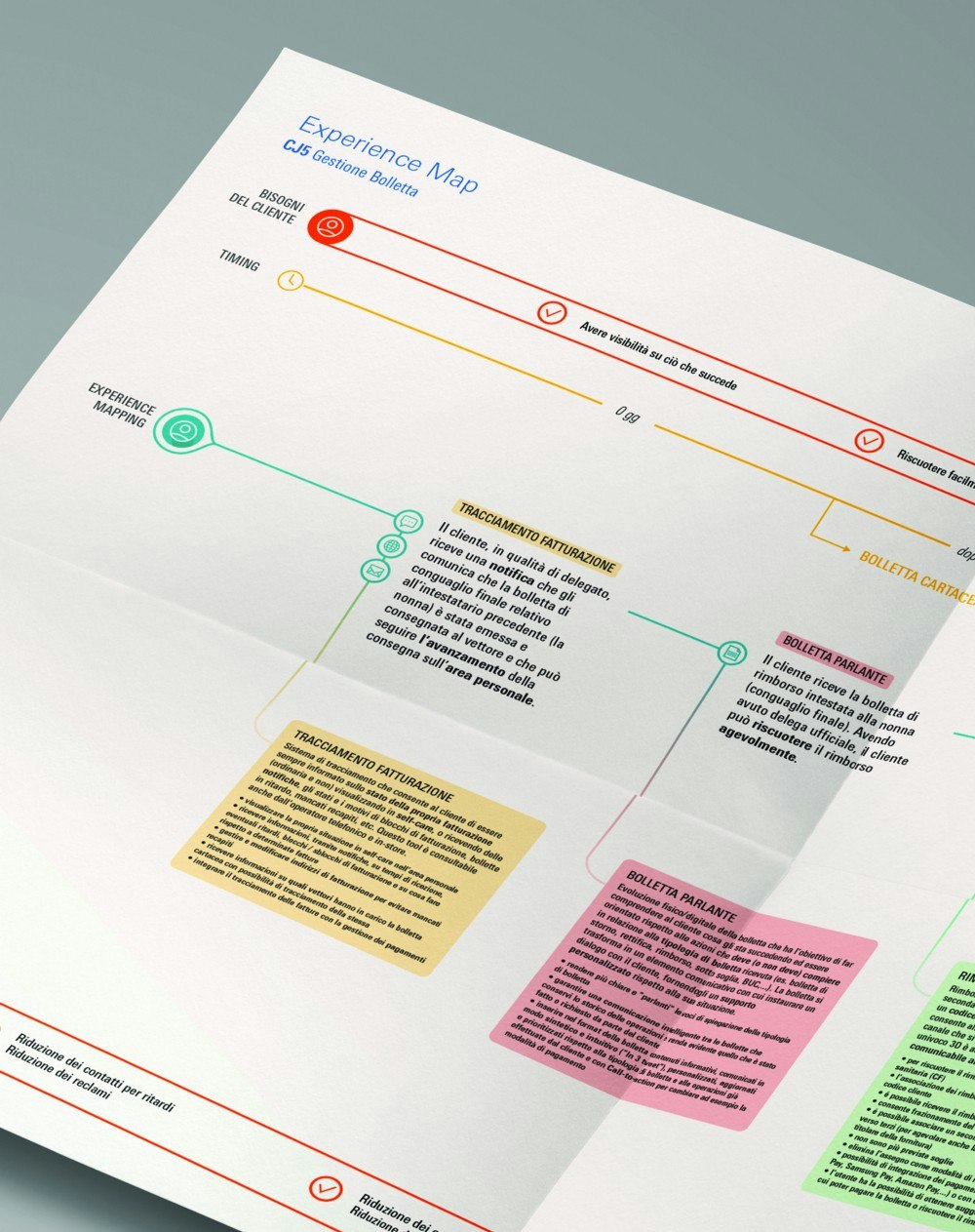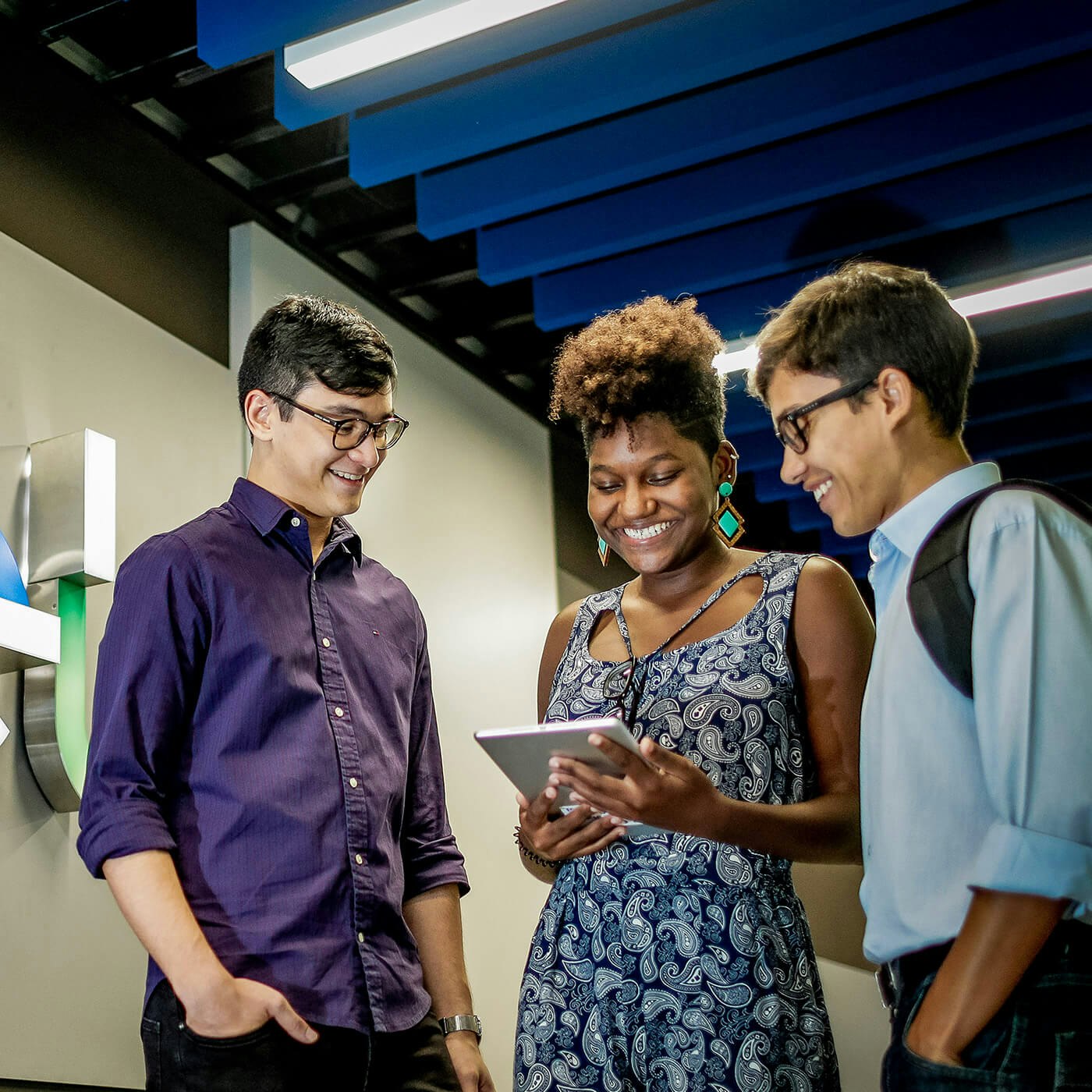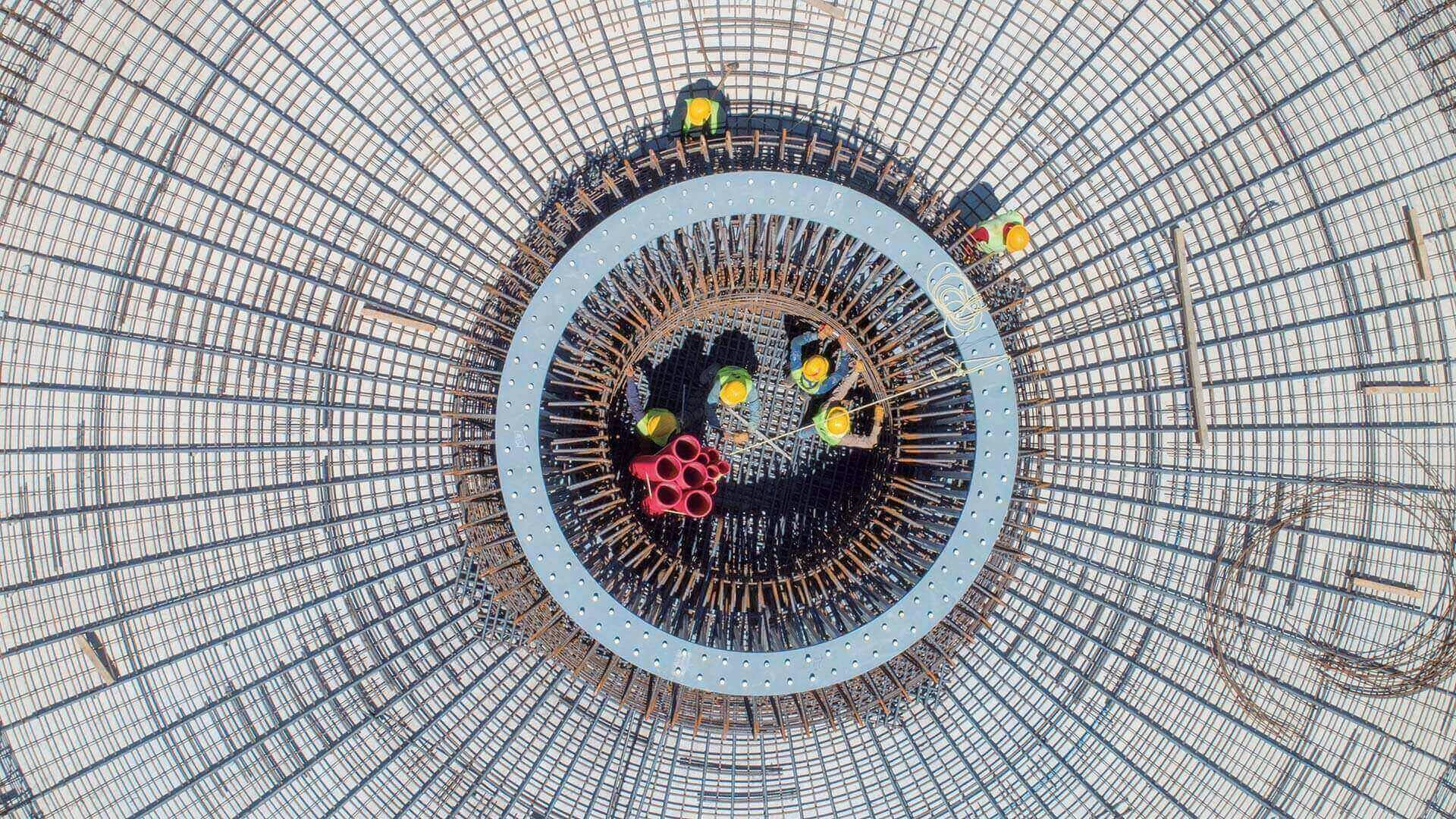Design for more than 64 million customers
At the beginning of 2017, Enel started a broad process of digital transformation to redefine its offering and the internal structure charged to deliver it. The project goal was to upgrade the retail experience from a full customer-centric perspective.
We were going to face a serious challenge: our design would impact on many people, both end users and employees. Enel is the largest energy utility in Europe, distributing electricity and gas to more than 64 million customers in 37 countries, and employing more than 60 thousand people.
We have mixed design and technology to transfigure the retail service into an inclusive, zero-stress, and customer-centric experience.
